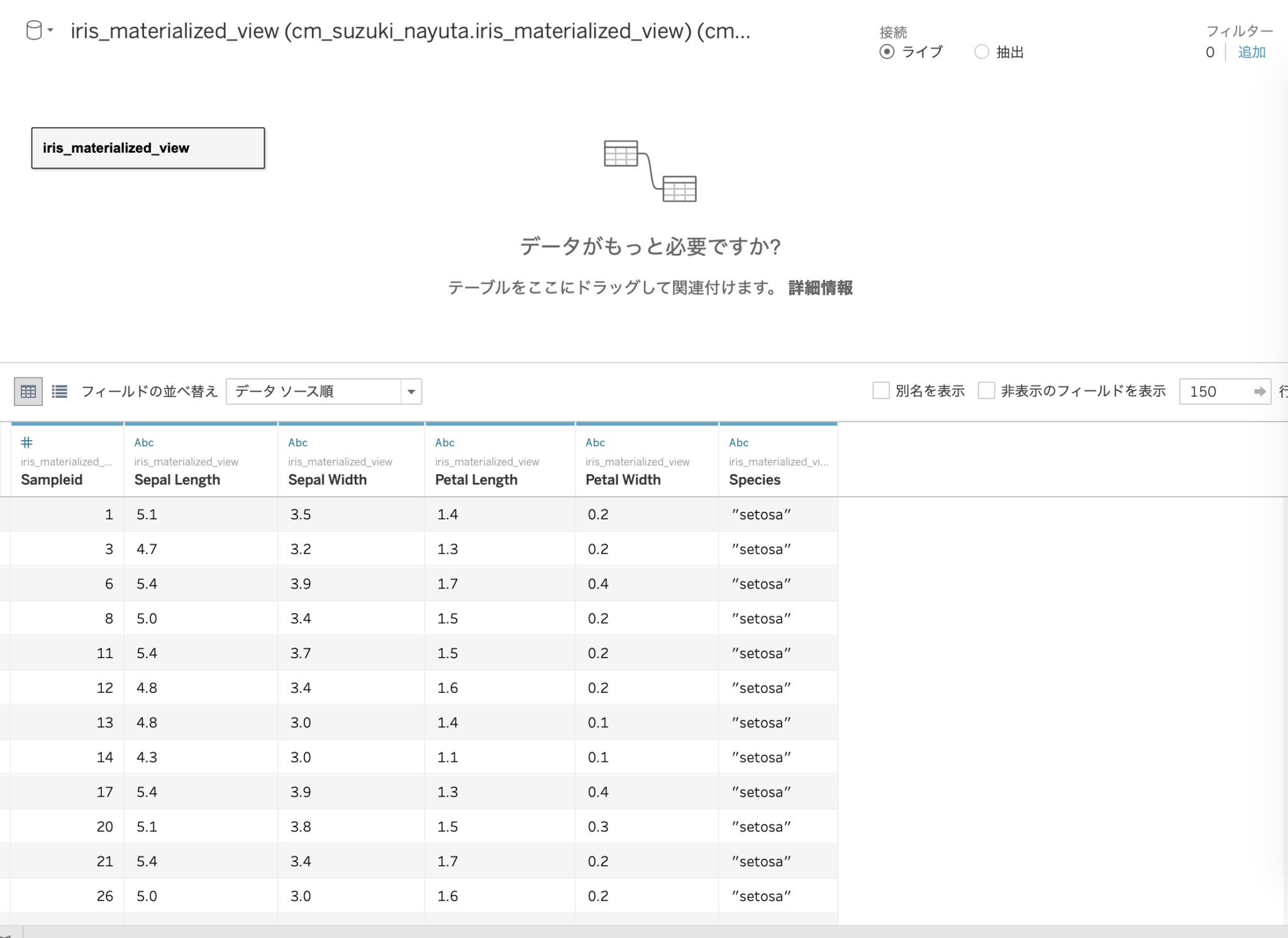

We would like to reduce unnecessary costs and ETL work by only sending a relevant subset of the data to Redshift. Now that we understand when we’ll want to use Redshift, let’s see what the actual solution might look like.Īs we’ve covered previously, the unique characteristics of streaming data – mainly the high volume and high velocity in which it is generated, and its semi-structured or unstructured format – pose unique challenges when it comes to building your data architecture.Ī key component in our solution will be the data lake. Building the solution – from Kinesis streams to Redshift tables Other use cases, such as ad-hoc analytics and data science, might be better suited for Amazon Athena, which reads data directly from S3. This doesn’t mean there’s no room for Redshift within our streaming data architecture however, we will want to ensure we are using it only for those cases where we actually need high performance and availability, such as for operational dashboards or very complex queries that would be difficult to complete otherwise. When it comes to streaming data, we’ll want to keep both of these factors in mind: the costs of storing and querying this data in Redshift can be remarkably high due to the increased ETL effort in structuring the data for analysis, as well as the increased cluster sizes needed to store volumes of data that can often reach petabyte-scale (read more in our guide to Redshift pricing).

It can be faster and more robust than Amazon Athena, but also more expensive and complicated to manage. To summarize what we wrote there, Redshift is best used when you need consistent performance for a set of well-defined queries, and are willing to allocate the appropriate human and hardware resources to the job. In our comparison between Redshift and Athena, we offered a few general guidelines to help you decide whether Redshift is appropriate for a specific scenario. Organizations want to analyze this data for reporting, analytics and data science purposes. Streaming data is data generated from sources such as IoT devices, app interactions, and server logs – a continuous stream of semi-structured data, typically in JSON or XML format, transmitted in real-time or near real-time over the world wide web. For another solution to streaming use cases with Redshift, check out our use case with Amazon Redshift Streaming Ingestion.
#Json to redshift how to#
In this article we will look at streaming data storage and analytics and explain if, when and how to use Redshift for streaming use cases. Hence, it is important to understand Redshift’s strengths and weaknesses in order to effectively allocate resources and workloads in any particular scenario.

However, Redshift is just one tool among an increasingly diverse set of platforms, databases and infrastructure at the disposal of today’s data architect. Over 10,000 companies worldwide use Redshift as part of their AWS deployments (according to a recent press release).
#Json to redshift free#
Building streaming data infrastructure on AWS? Learn how a leading AdTech company manages and transforms petabyte-scale streaming data using Amazon S3, Redshift, Athena and Upsolver in our free webinar with Amazon Web Services.Īmazon Redshift remains one of the most popular cloud data warehouses, and is still constantly being updated with new features and capabilities.


 0 kommentar(er)
0 kommentar(er)
